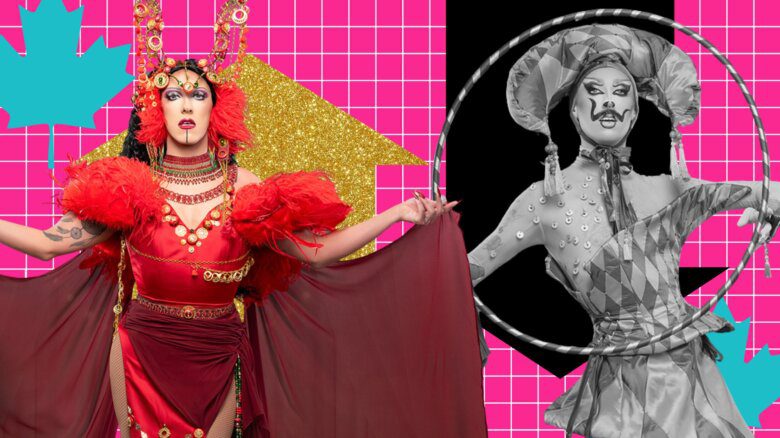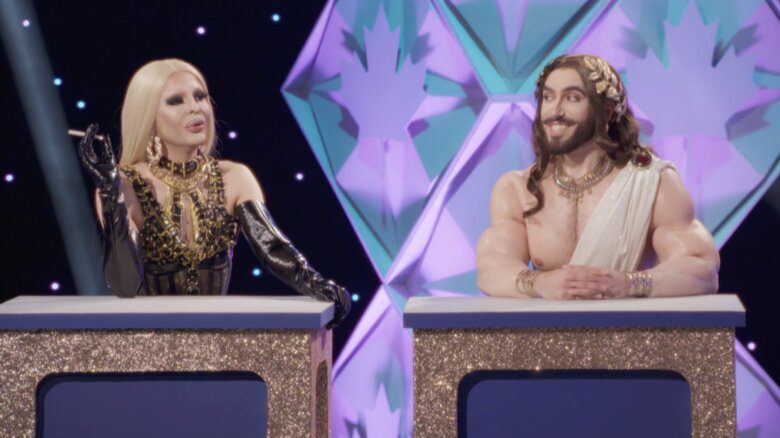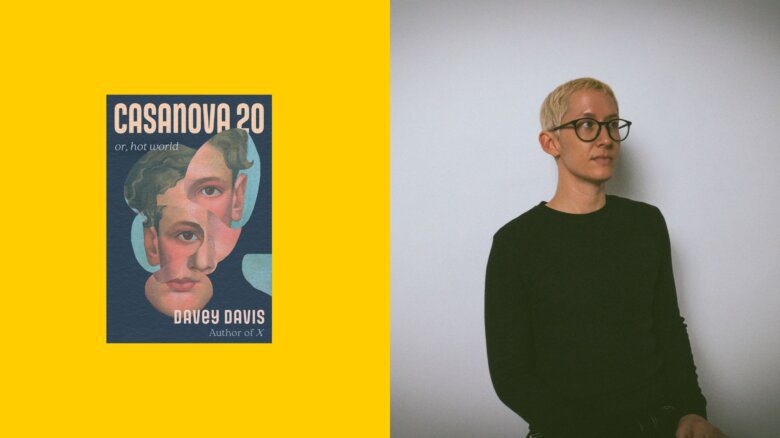It’s that time of the year when Toronto hosts celebrities, filmmakers and movie buffs from all over the world. The 44th Toronto International Film Festival starts on Thursday and will run until Sept 15th to celebrate and showcase the best of cinema. But a recent report shows that the glitz and glamour fade when it comes to representation in movies.
On Sept 4, Annenberg Inclusion Initiative, a think tank based out of the University of Southern California (USC) that identifies issues of inequality and underrepresentation in the entertainment industry, released its report that examined portrayals of gender, race and disability in films released from 2007 to 2018. And it isn’t pretty.
You can read the full report here. But if you need the TL;DR, here are some of the highlights:
LGBTQ2 representation
LGBTQ2 characters are left behind in film. Of the 4,387 speaking characters surveyed from 2014 to 2018, only 116 were gay, 46 were lesbian, 30 were bisexual and only one was trans.
In 2018, just a quarter of the top 100 films had one or more LGB characters. Of the 58 LGB characters in movies that year, more than 60 percent were white.
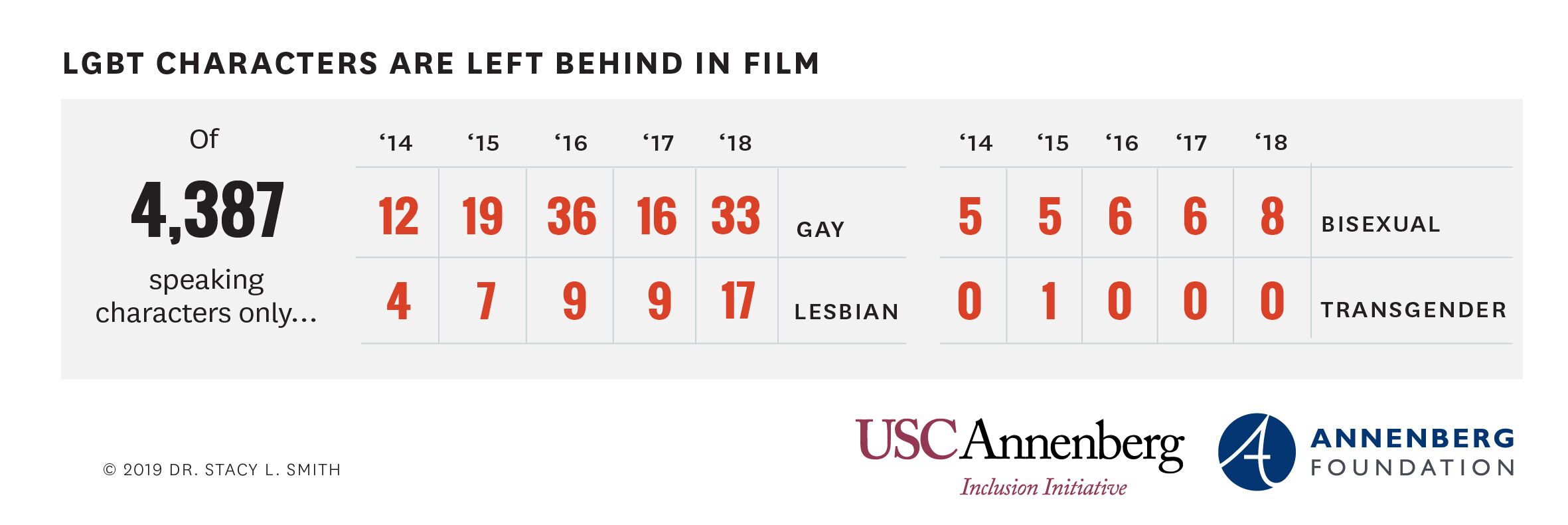
Credit: Courtesy USC Annenberg Inclusion Initiative
The study also highlights the inclusion crisis, or the disparity of representation in films, by comparing the percentage of speaking characters in movies to that of the US population. For example, according to the 2019 report from Williams Institute, LGBT people comprise 4.5 percent of the US population — but they comprised less than two percent of the characters analyzed.

Credit: Courtesy USC Annenberg Inclusion Initiative
Of the top 100 films in 2018, only two protagonists are from the LGBTQ community, while just six LGB characters were portrayed as parents, only one of which was non-white.
And queer folks are portrayed as seriously unlucky in love (rude!). Only 13 LGB characters were depicted in a romantic relationship. Nine of these characters were female and 10 were white.
Female representation
The survey shows a slight improvement where 39 of the top 100 films of 2018 depict a female lead or co-lead. This number increased from 33 in 2017 and 34 in 2016. Eleven movies featured a girl or woman of colour as a lead or co-lead. This number is almost three times higher than what was reported in 2017.
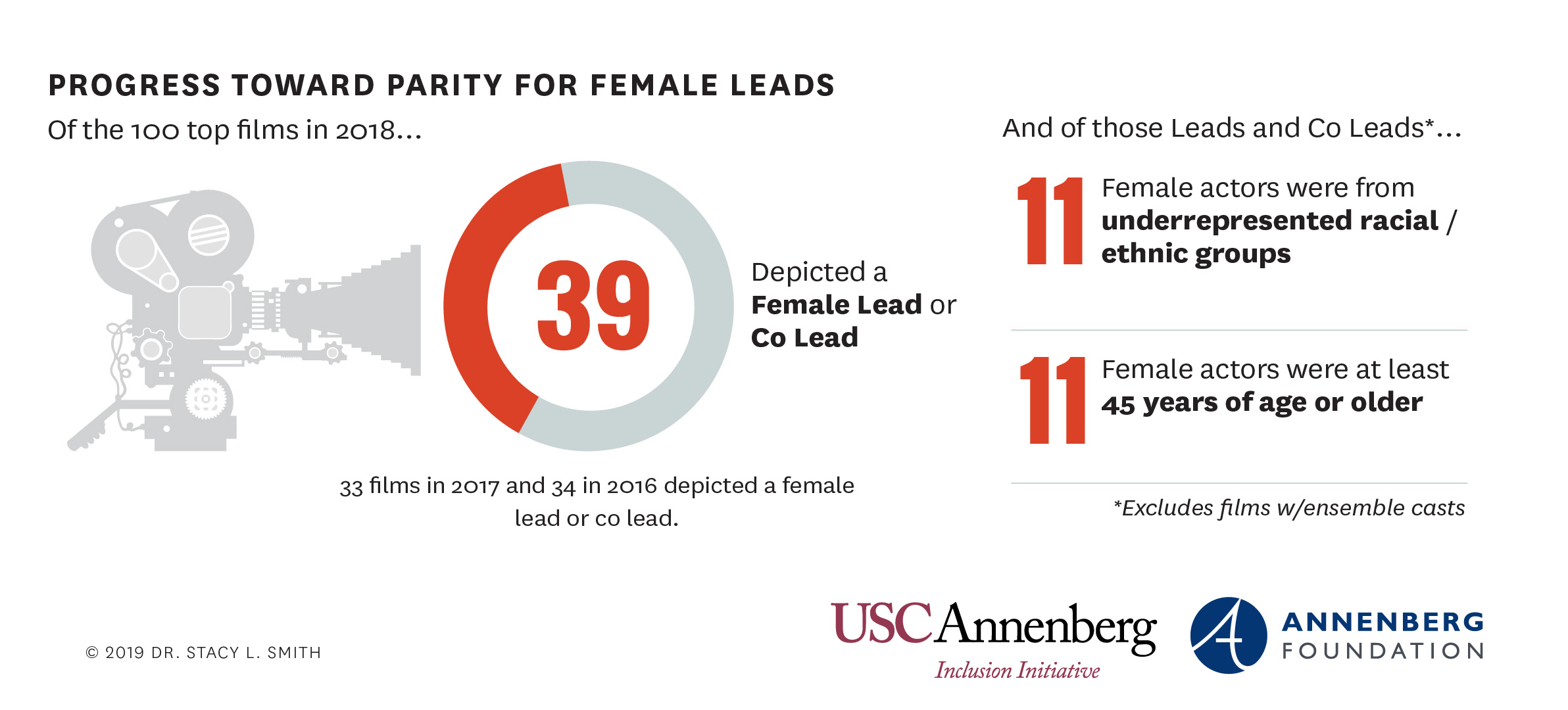
Credit: Courtesy USC Annenberg Inclusion Initiative
However, women were more likely to be shown in sexually revealing attire and be referenced as attractive by other characters. Ick.
People of colour
More than 36 percent of the 3,895 speaking or named characters across the top 100 films of 2018 were from underrepresented racial/ethnic groups.
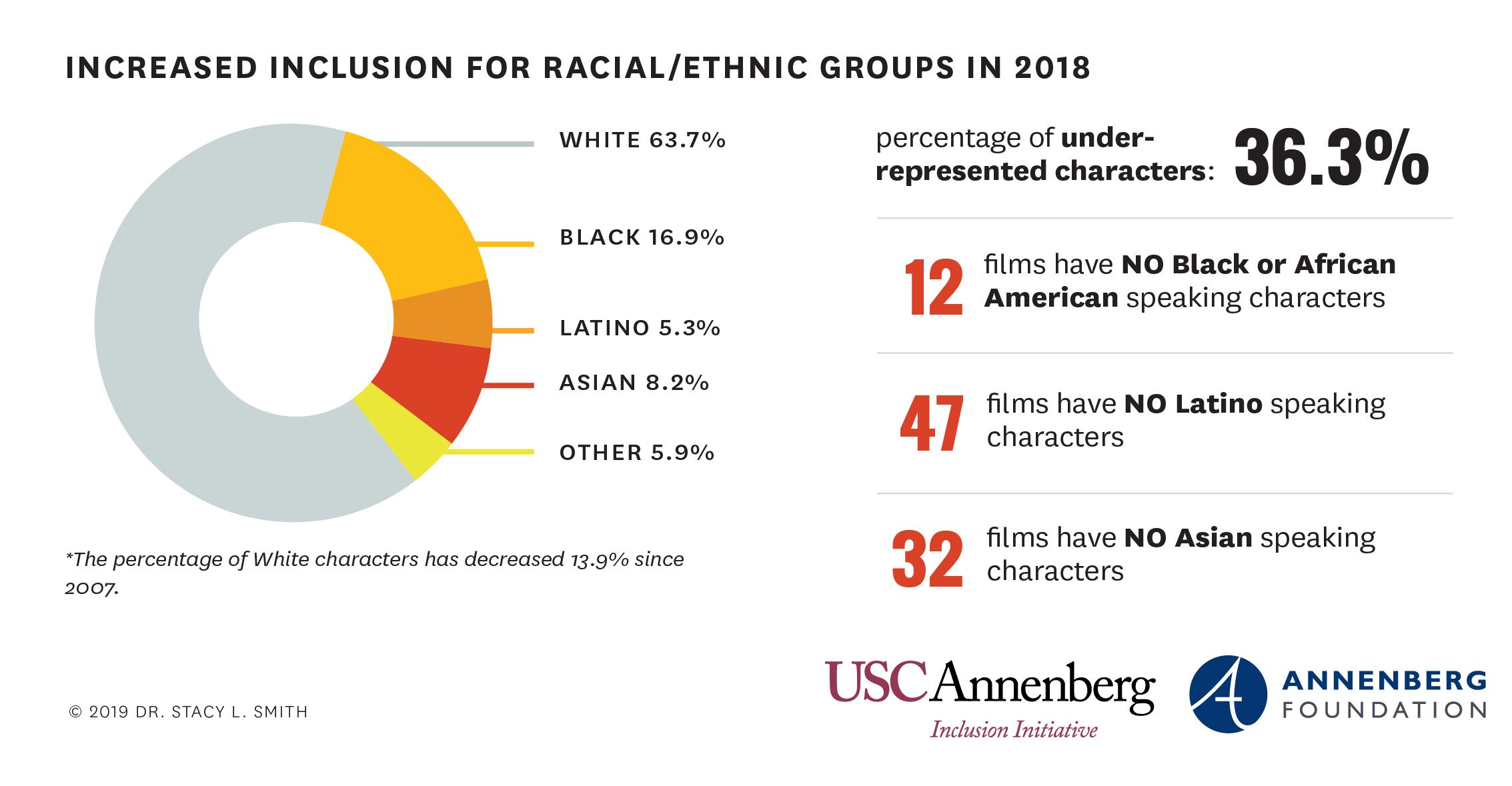
Credit: Courtesy USC Annenberg Inclusion Initiative
But not all groups are well-represented. In fact, the report calls this “The Epidemic of Invisibility in Film.” For example, there are no Black or African American females in 33 of the top 100 films or the lack of LGBT females in 89 of the films. Wild.
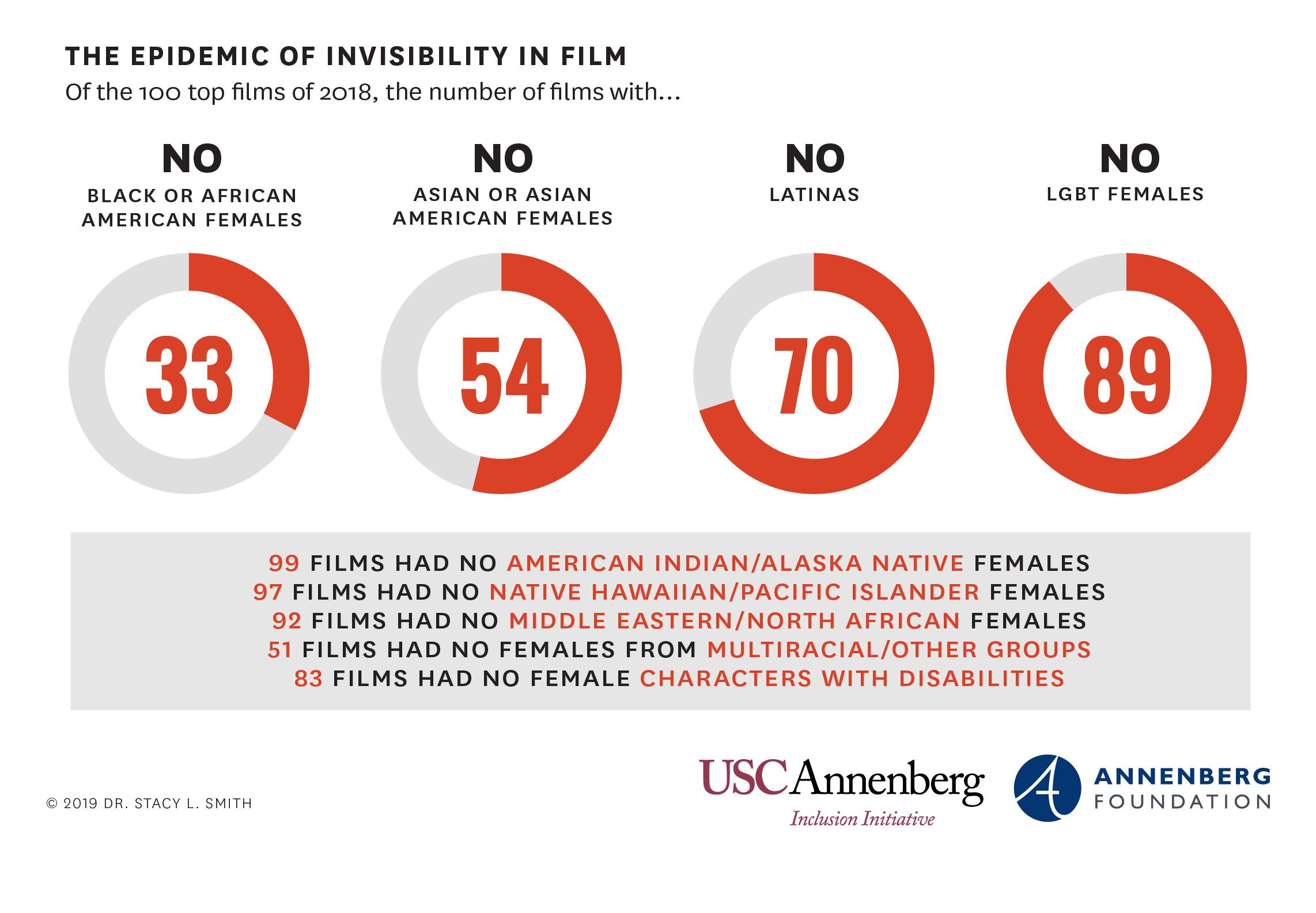
Credit: Courtesy USC Annenberg Inclusion Initiative
People with disability
There’s also a disparity when it comes to characters with a disability on screen. Of the 4,445 characters analyzed, only 1.6 percent were shown with a disability, and men represent more than 70 percent of the statistic.
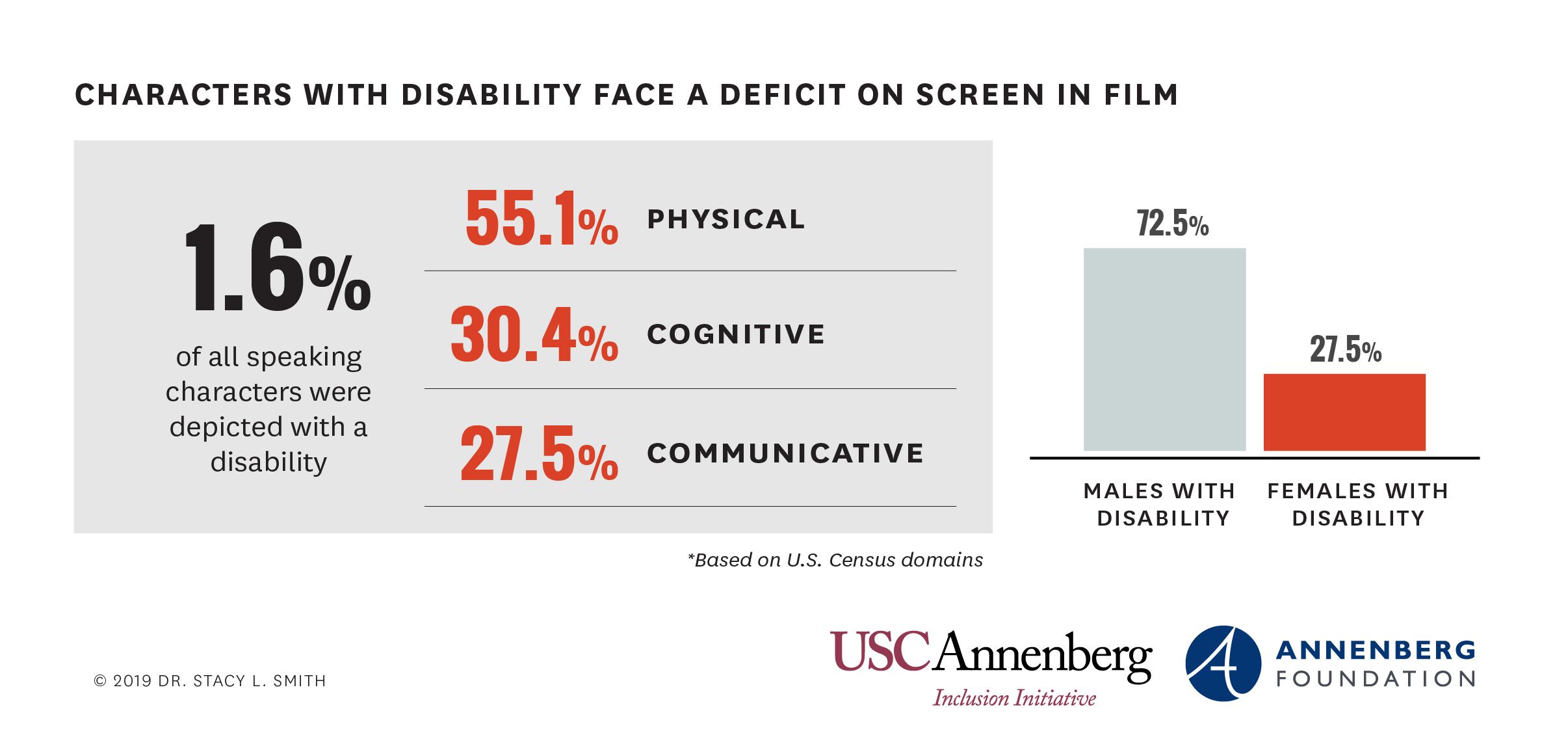
Credit: Courtesy USC Annenberg Inclusion Initiative
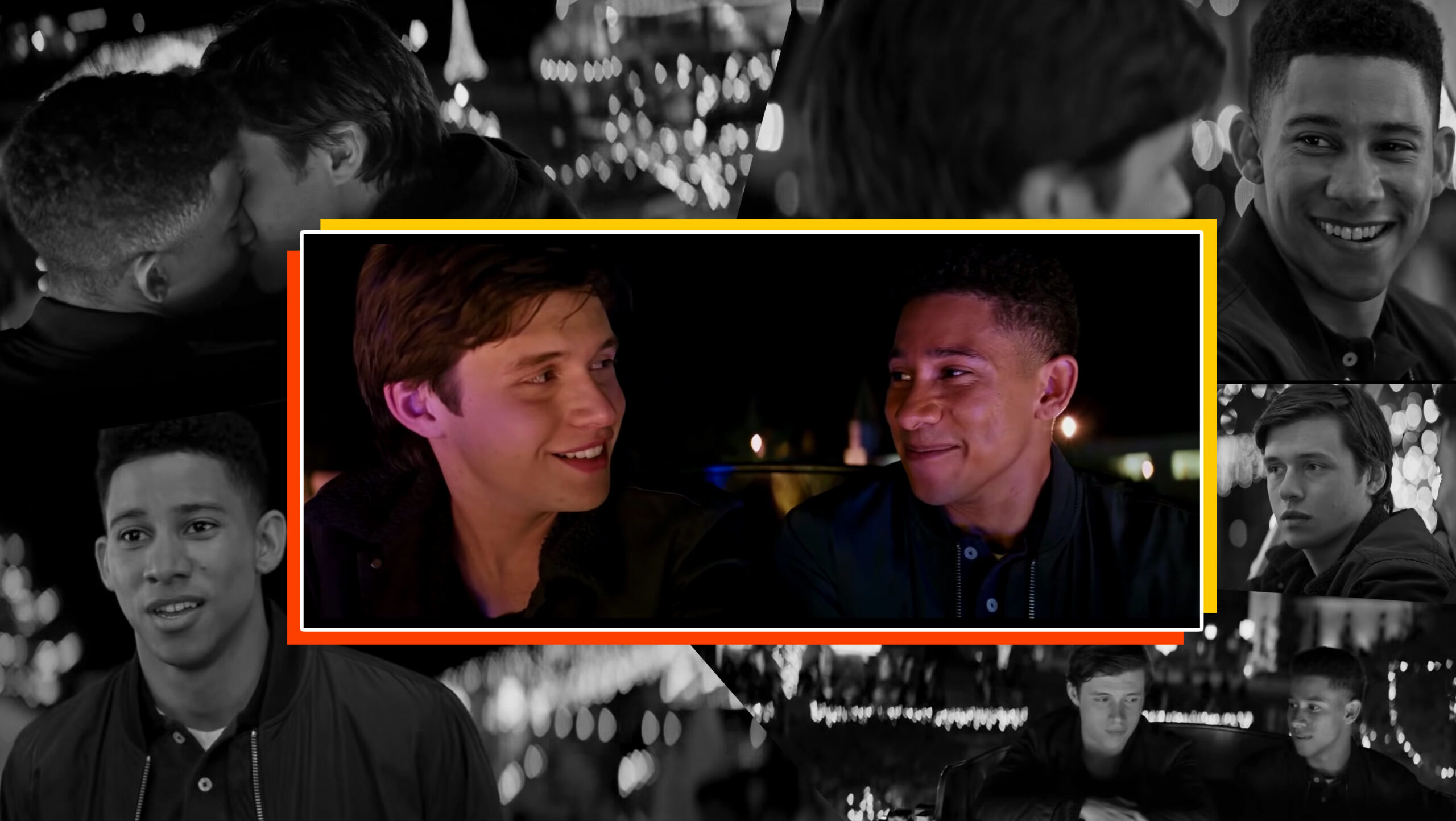

 Why you can trust Xtra
Why you can trust Xtra